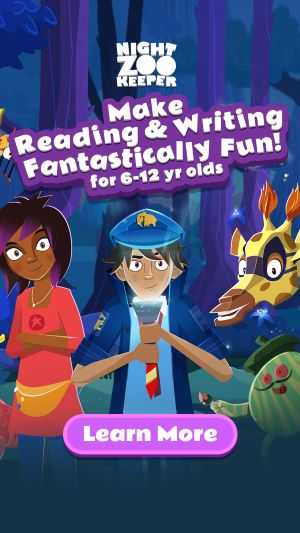Grade 3 Spelling
Discover Grade 3 spelling standards
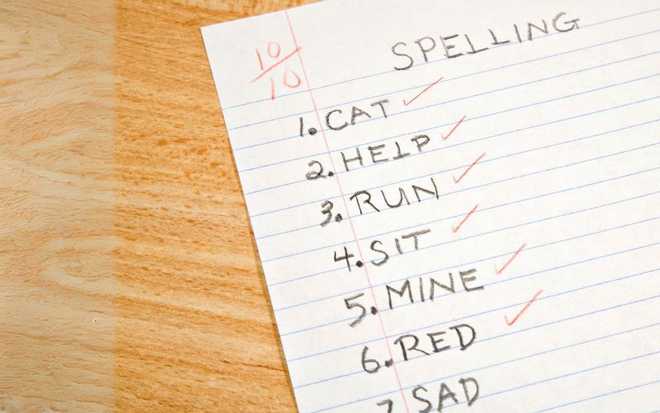
Home > Language Arts > Spelling > Grade 3
In third grade, children should be growing in confidence with their spelling due to the skills acquired in first grade and second grade spelling. They’re expected to continue building their knowledge of the spelling curriculum and spelling techniques to help them learn new academic vocabulary and unfamiliar words. The following strategies will help your child to spell grade level words:
- Using spelling patterns
- Learning word families
- Knowing about position-based spellings
- Identifying syllable patterns
- Using a range of ending rules
- Knowing about meaningful word parts (prefixes, suffixes, root words)
A great way to improve your child’s spelling skills is by encouraging them to read every day. As they do this, their reading comprehension skills improve, and they will pick up new vocabulary words to aid their academic progression. Reading also helps your child to identify recurring spelling patterns that they can use when they’re writing.
Your third grader should also continue to develop their use of dictionaries to check and correct spellings.
Spelling Patterns
Children should apply the spelling patterns they have learned in first grade and second grade to Grade 3 words. Here’s a short spelling list with common patterns your child should now recognize:
Short and Long "a" Spellings:
- ai, ae, ay, ei, eigh, a
Short and Long "e" Spellings:
- e, e-e, ie, ee, ea, ei, ey, y
Short and Long "i" spellings:
- i, i-e, ie, igh, y
Short and Long o spellings:
- o, o-e, oe, oa, ow
Short u and Long (yoo) spellings:
- u, u-e, ue, eu, ew
They will also learn new spelling patterns.
Spelling "ou" words:
- /ow/: shout
- /oo/: soup
- /uh/: cousin
Silent Consonants
- kn - know, knot, knight
- wh - wheel, white, whale
- ph - phone, photo, alphabet
- wr - wrap, write, wrong
- gn - gnaw, gnarl, gnat
Practice Tip
Set up a wordsearch for your child to identify words that all share a common spelling pattern, just like this one from Night Zookeeper:

Word Families
A word family shares the same root word. A root word is a base word from which other words can be made by adding prefixes and suffixes.
Example
- Root word: happy
- Word family: unhappy, happiness, unhappiness, happily, unhappily, happier
Position-based Spellings
Grade 3 students will learn and practice the rule i after e except before c.
Examples: believe, piece, achieve
There are exceptions to the rule, with ei after the letter c, which are important for children to learn.
Examples: ceiling, receive, receipt
Syllable Patterns
Breaking words into syllables is a technique children can use to help them with their spelling. There are seven different types of syllables that third graders learn. The slash marks show where one syllable ends and another begins within a word.
Closed Syllables
A closed syllable usually has a short vowel sound followed by a consonant. This word has two closed syllables:
- Magnet: mag/net
Open Syllables
An open syllable ends with a vowel which usually gives a long sound.
This word has an open syllable followed by a closed syllable:
- Student: stu/dent
VCE Syllable (vowel-consonant-e)
This syllable has the pattern vowel-consonant-e.
This word has a closed syllable followed by a VCE syllable:
- Reptile: rep/tile
Vowel Team Syllable
A vowel team is when two vowels make one vowel sound.
This word has a closed syllable followed by a consonant-l-e syllable, followed by a vowel team syllable:
- Bumblebee: bum/ble/bee
R-Controlled Syllable
In this type of syllable, a vowel is followed by the letter r which changes the sound the vowel makes.
This word has an r-controlled syllable followed by a VCE syllable:
- Perfume: per/fume
Diphthong Syllable
A diphthong is when two vowels create a sliding vowel sound that changes: it begins as one vowel sound and changes towards another.
This word has a single diphthong syllable:
- Boy
Consonant-l-e Syllable
This syllable has the pattern consonant-l-e and is found at the end of words as the final syllable.
This word has a closed syllable followed by a consonant-l-e syllable:
- Bubble: bu/bble
PracticeTip
In order to clearly explain syllables to your child, you can start by breaking up words that contain two syllables. You could do this on small strips of paper, placing the beginnings of words in a pile and endings in a second pile. Then ask your child to put the beginnings and endings of words together to create a word. Below is a game on Night Zookeeper where we challenge children to complete a similar third grade spelling activity.

Ending Rules
Double the Consonant
When a word has a short vowel sound followed by a single consonant, the consonant should be doubled before adding a suffix.
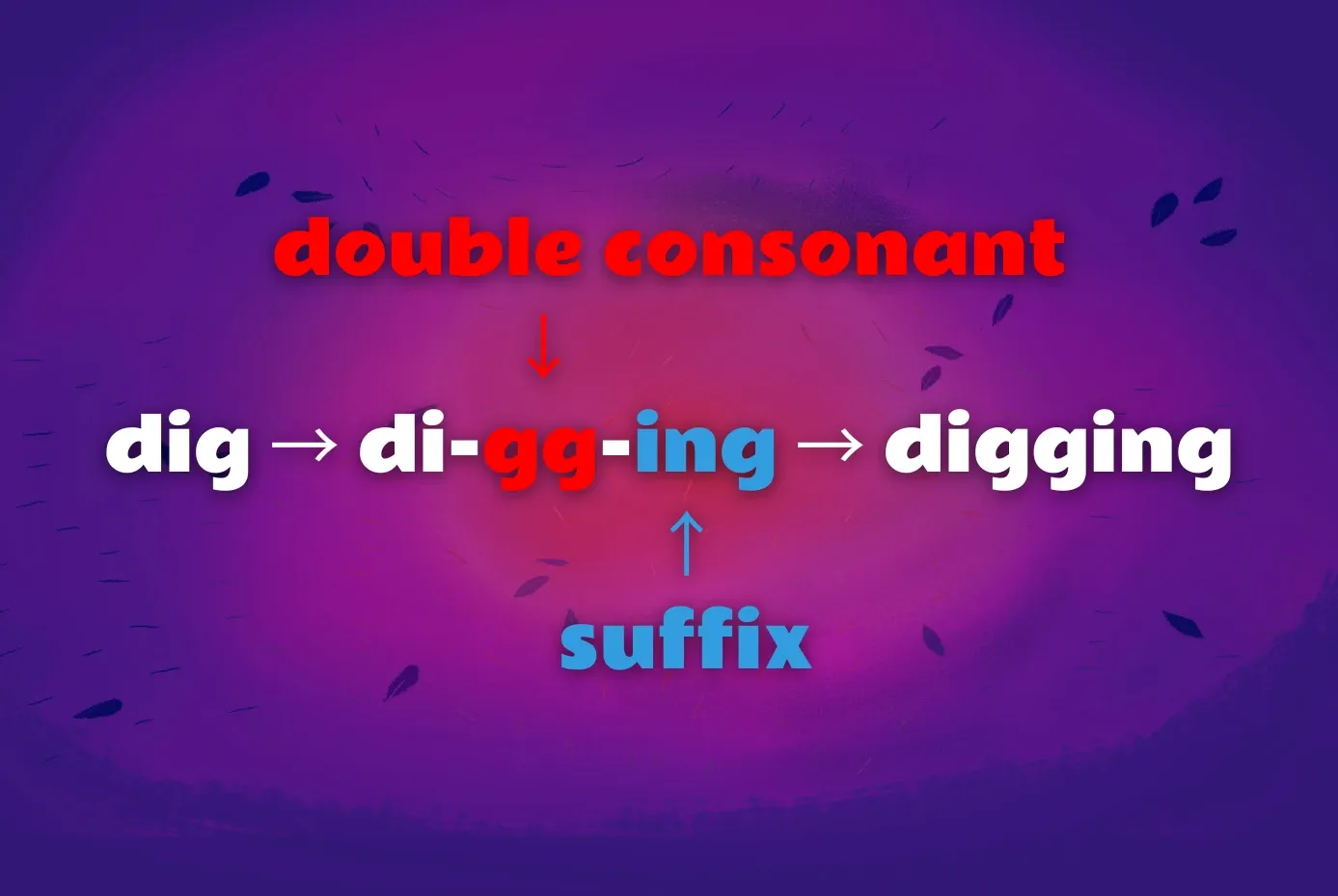
run → runner
shop → shopped
Drop the Final e
When a word ends with a VCE syllable, the final e should be removed before adding a suffix.

take → taking
stare → staring
Change y to i
When a word ends with consonant-y, the y should be changed to i before adding a suffix.
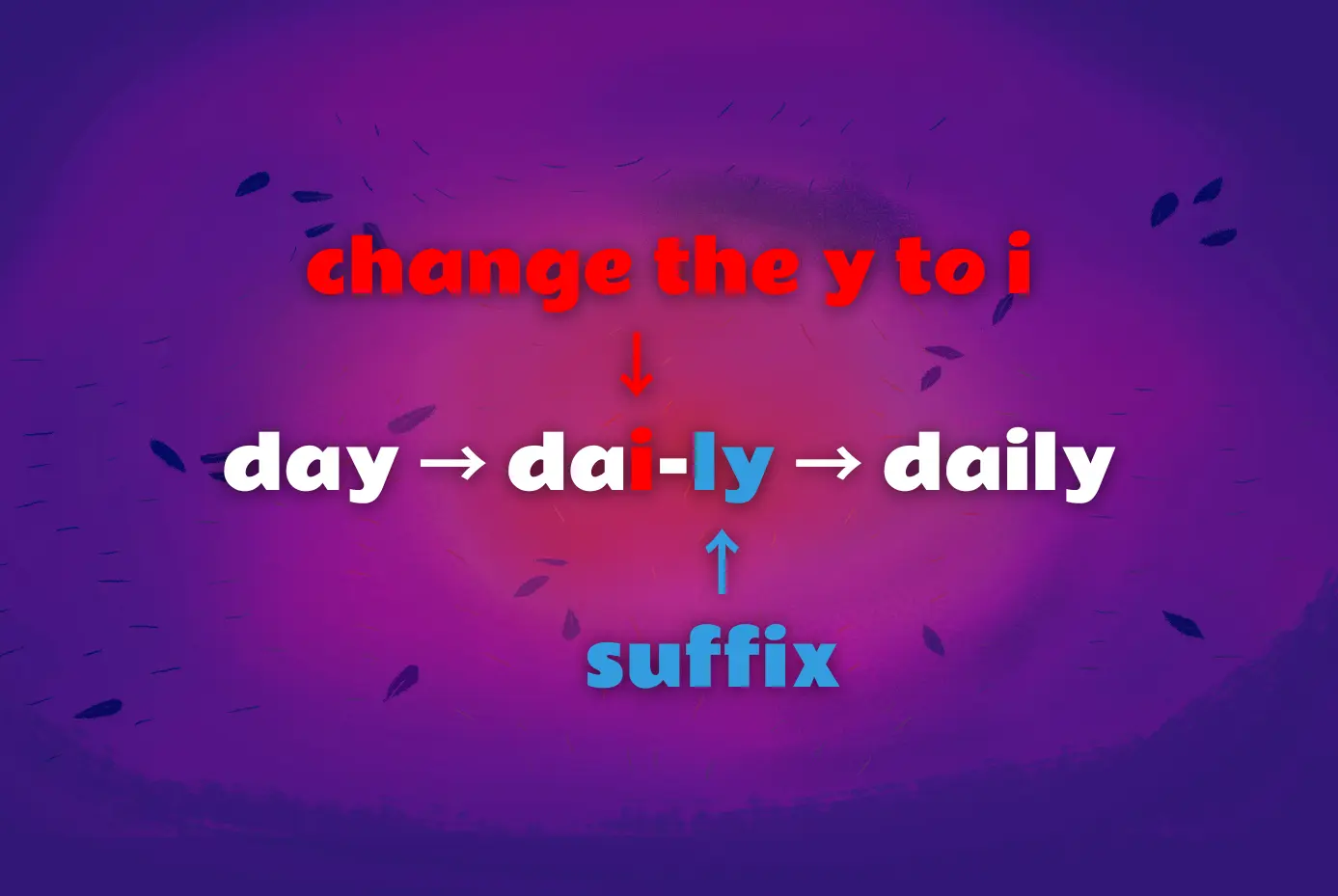
beauty → beautiful
happy → happiness
Meaningful Word Parts
These are the units of meaning within a word: root word, prefix, suffix. Children should use their knowledge of these word parts when spelling words.
Examples of prefixes that can be added to the beginning of words:
dis- in- un- fore- semi- mid- anti- inter-
Examples of suffixes that can be added to the end of words:
-ly -ful -ion -less -er -est
Practice Tip
Challenge your child to unscramble words that end with a specific suffix. Through this activity, children will learn that by knowing how to recognise a suffix pattern can be very beneficial when attempting to break down longer complex spellings. The image below is an example taken from the Night Zookeeper's Word Code challenge type.
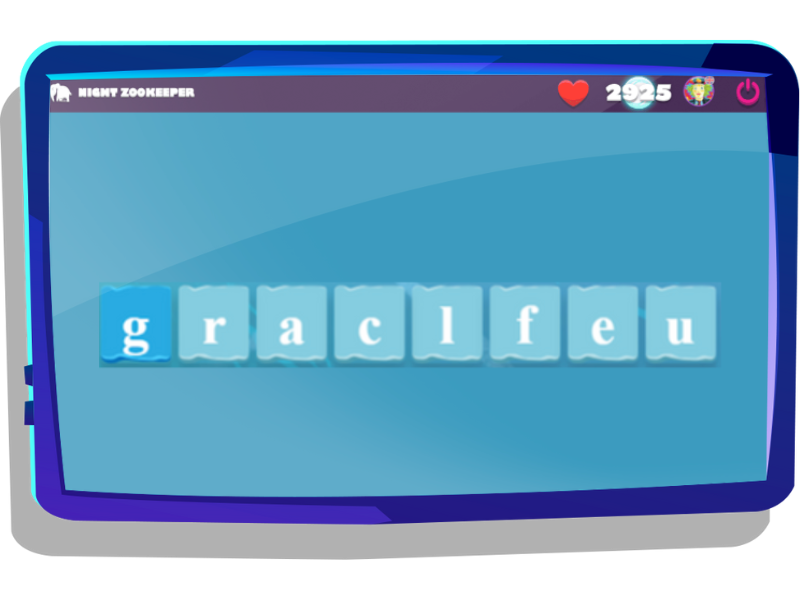
Grade 3 Spelling Words
Access our list of Grade 3 spelling words below:
How Night Zookeeper can help

Night Zookeeper covers the key spelling curriculum principles and rules your third grader needs to learn to move on to fourthgrade and beyond. Whether used as a supplemental resource or as your full homeschool language arts curriculum, Night Zookeeper will make reading and writing fantastically fun for your child!
Our award-winning language arts program includes thousands of third grade spelling resources, including word games, lesson series on spelling and reading comprehension, printable spelling worksheets, and much more! Our spelling games for kids are particularly popular with our users, as they’re a great way to consolidate their knowledge of different topics, including sight words, phonics, prefixes, and suffixes.
Sign up today to access third grade spelling activities and get a FREE 7-day trial!
Related articles

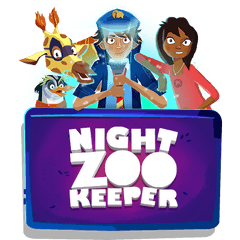
Make Reading & Writing Fantastically Fun!
- Award-winning reading & writing program for kids
- Improves spelling, grammar, punctuation & vocabulary
- Over 1,000 different learning games and activities



